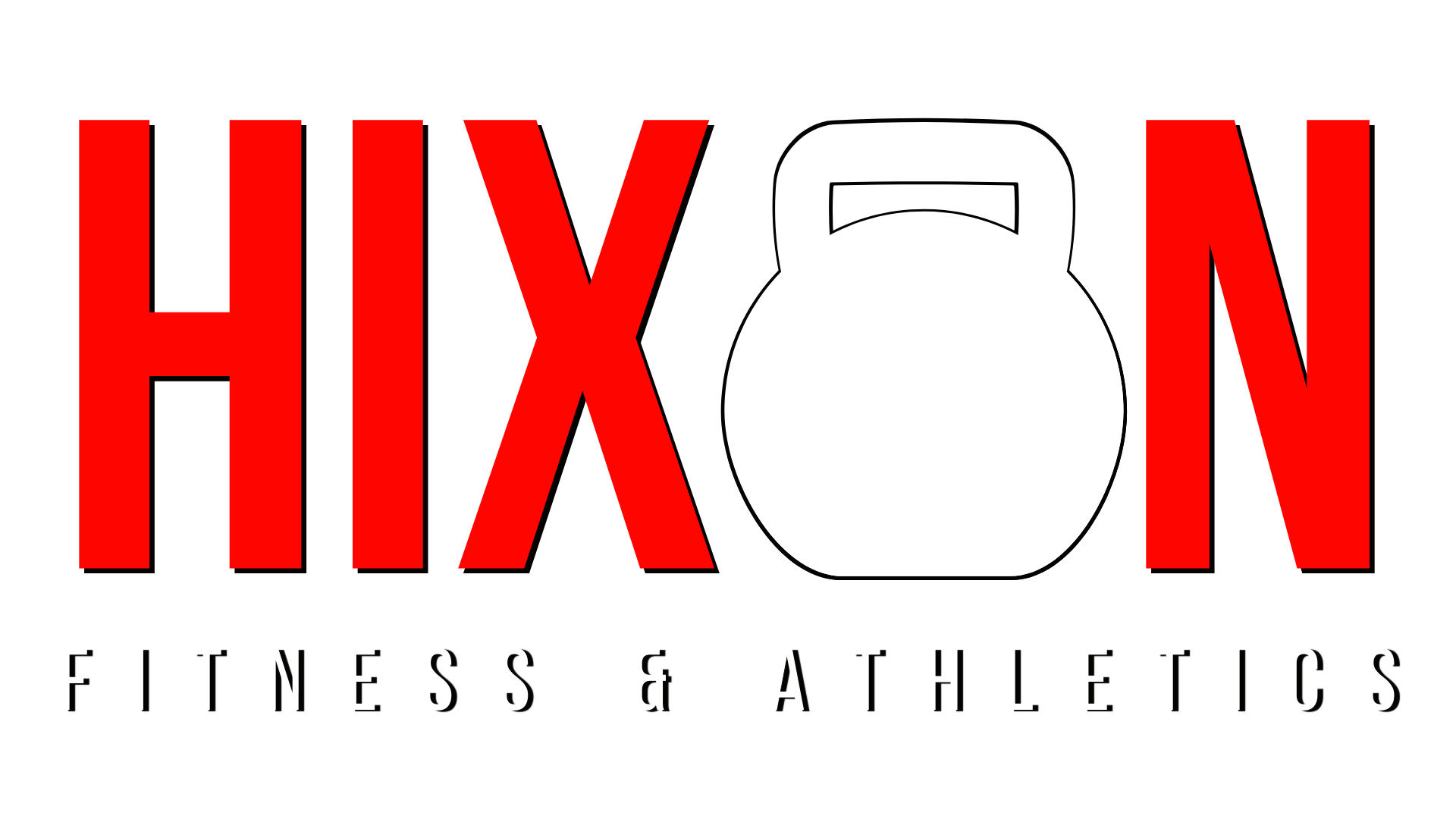DEXA vs. STYKU. Which Body Composition Test is Best?
In today's world of health and fitness, accurately measuring body composition is crucial for assessing progress and understanding one's overall health. Two popular methods for evaluating body composition are DEXA (Dual-Energy X-ray Absorptiometry) and STYKU 3D body scanning technologies. While both offer unique advantages and provide valuable insights, they are based on different principles and cater to diverse needs. In this article, we'll dive deeper into the workings of these cutting-edge technologies, highlighting their key features, accuracy rates, and the benefits each brings to the world of body composition analysis. Join us as we explore the exciting science behind DEXA and STYKU scans and learn how they are revolutionizing the way we understand our bodies.
THE 4 COMPARTMENT METHOD
Both DEXA and STYKU technologies use the same base method for measurements. The 4-compartment method is a technique used to measure body composition, which helps us understand the different components that make up our bodies. This method divides the body into four parts: fat mass, bone mineral content, total body water, and residual mass. Fat mass is the total amount of body fat; bone mineral content refers to the weight of our bones; total body water is the amount of water in our bodies; and residual mass includes everything else, like muscles and organs.
To measure these components, a combination of advanced technologies is used, such as X-ray-based scans and 3D body scanning. These tests help determine the weight and percentage of each compartment, giving a more accurate and detailed assessment of a person's body composition. This information can be useful for athletes, fitness enthusiasts, and healthcare professionals to better understand health and fitness levels.
DEXA SCANS
A DEXA scans lean on an imaging technique that uses low-dose X-rays to measure body composition, bone density, and fat distribution. The scan works by passing two different energy X-ray beams through the body, which are then absorbed by the body's tissues. The amount of X-rays absorbed depends on the tissue's composition, allowing the machine to differentiate between bone, fat, and lean tissue. A computer then processes the data to create detailed images and measurements of each component.
DEXA scans have become known for their high accuracy rate and precision, making them a popular choice for body composition analysis and bone density testing. The technology can provide detailed information about the distribution of fat and muscle mass throughout the body, as well as detect small changes in bone density. This level of detail makes DEXA scans valuable for monitoring health, assessing the risk of osteoporosis, and tracking progress in fitness and weight management programs.
DEXA is considered to be one of the most accurate methods for assessing body composition and bone density. The accuracy rate for DEXA scans varies depending on the specific application, but generally, they have an error rate of about 1-2% for body composition measurements. This means that the results obtained from a scan are highly reliable, and they are often used as a reference standard for comparing other body composition assessment methods.
STYKU SCANS
A STYKU scan is a non-invasive 3D body scanning technology that utilizes infrared sensors to create a detailed digital model of a person's body. The scanning process involves standing on a rotating platform while an infrared sensor moves around the body, capturing millions of data points to build a precise 3D image. The software then processes this data and extracts various body measurements and information about body composition, such as body fat percentage, lean muscle mass, and body shape.
STYKU scans offer a simple and user-friendly way to assess body composition, with an accuracy rate that is generally within 2% of DEXA scans. Although they may not be as accurate as DEXA scans, STYKU scans provide a fast, easy-to-use, and radiation-free alternative for tracking changes in body composition over time. The detailed 3D model allows for visualizing progress, making it particularly appealing for fitness enthusiasts and those in weight management programs. Accessibility is a definitive plus to using STYKU technologies. A full scan takes approximately 45 seconds to complete, and generates hundreds of data points. You can also factor your metabolic rate and chart your caloric requirements out with confidence.
Both technologies are incredible and boast amazing capabilities. Which one does Hixon Fitness recommend? We are a HUGE fan of the STYKU scanner. Our top 3 reasons for choosing STYKU over DEXA scans are below.
Radiation-free and non-invasive: Unlike DEXA scans, which use low-dose X-rays, STYKU scans rely on infrared sensors to capture body measurements. This makes STYKU a radiation-free and non-invasive option, which can be particularly appealing to those who prefer to avoid exposure to X-rays or are looking for a safer method for frequent body composition monitoring.
Ease of use and quick results: STYKU scans are simple to perform and typically take less time than DEXA scans. The process involves standing on a rotating platform while the infrared sensor captures the data, making it an easy and user-friendly experience. The software generates results quickly, allowing individuals and fitness professionals to obtain insights about body composition in just a few minutes.
Visual progress tracking: STYKU scans create a detailed 3D model of the body, which can be an effective tool for visualizing progress in fitness and weight management programs. This feature helps users and trainers to monitor changes in body shape and composition over time, providing motivation and facilitating personalized goal setting based on individual progress.
You don’t have to take our word for it. Schedule your first STYKU scan using the button below and see yourself in 3D. Check out the short clip below to see more of the technology in action!




